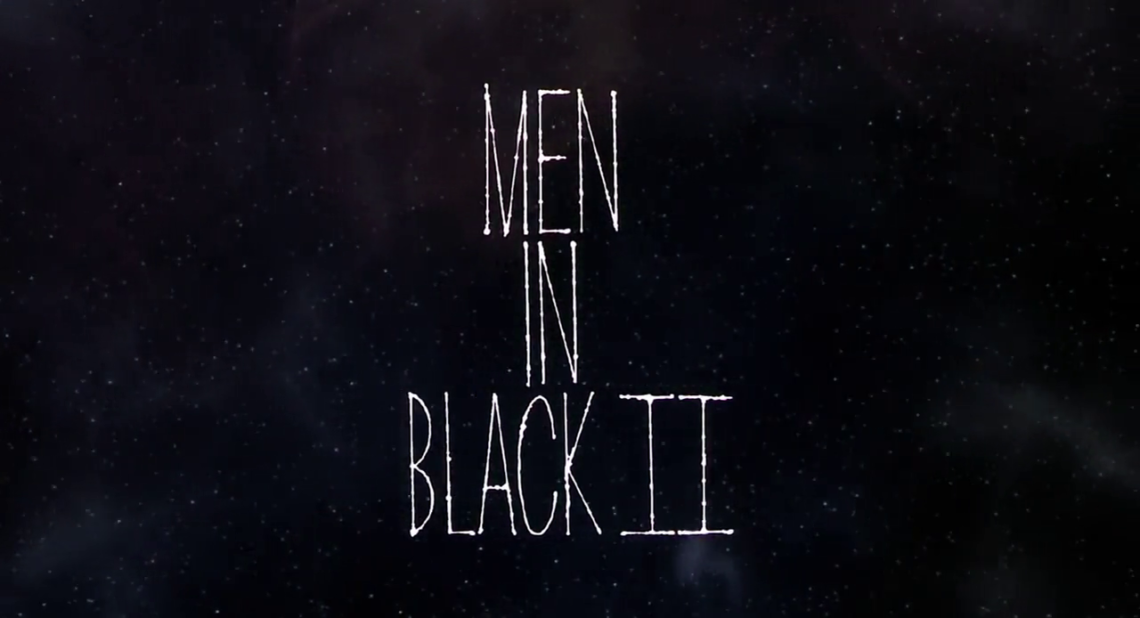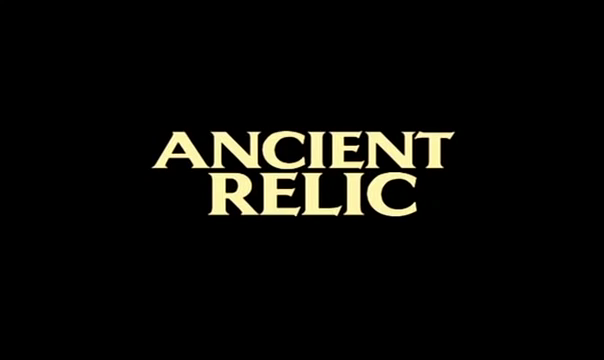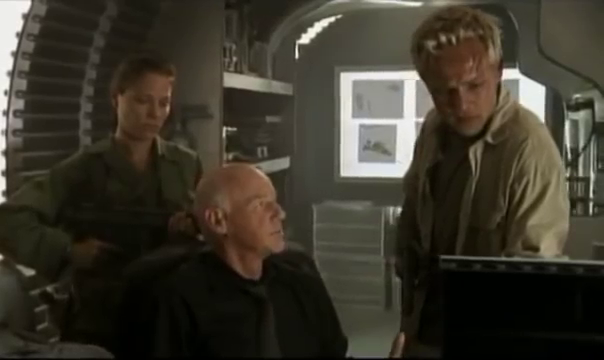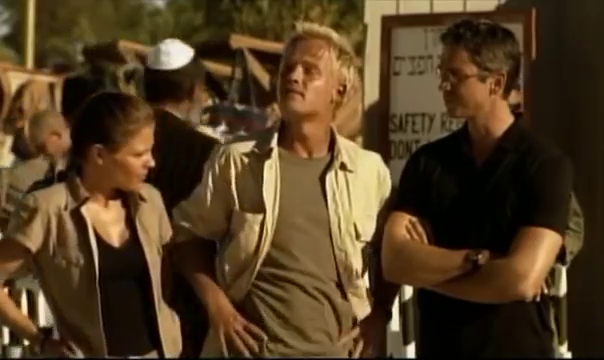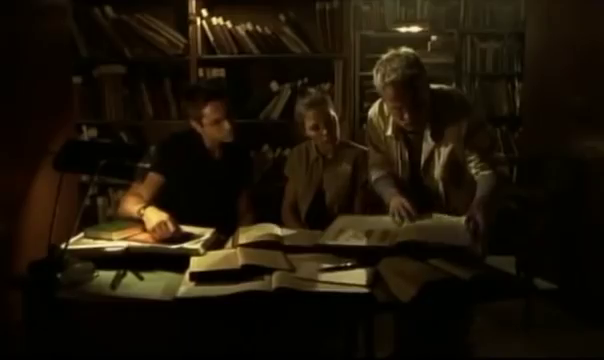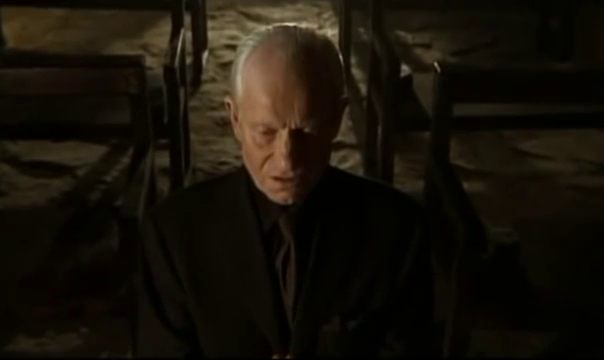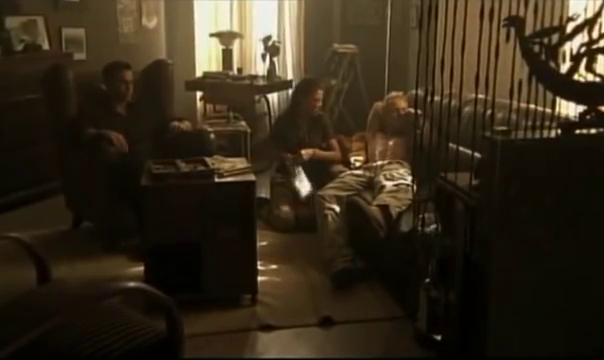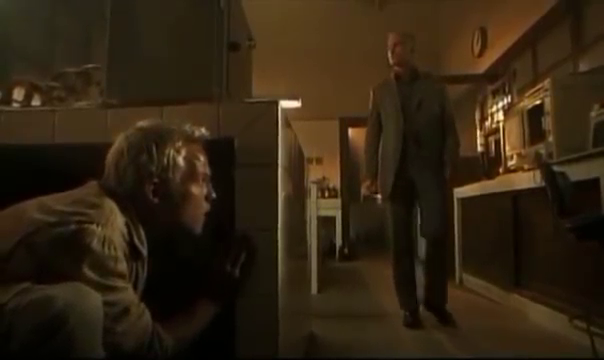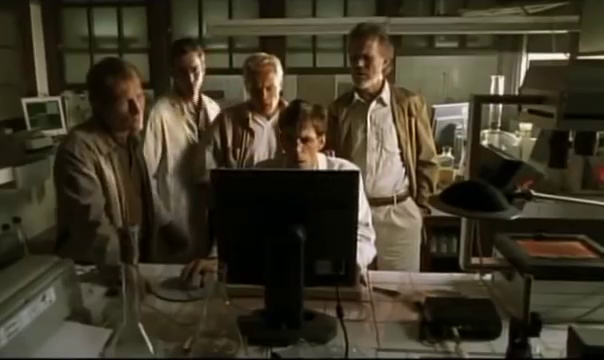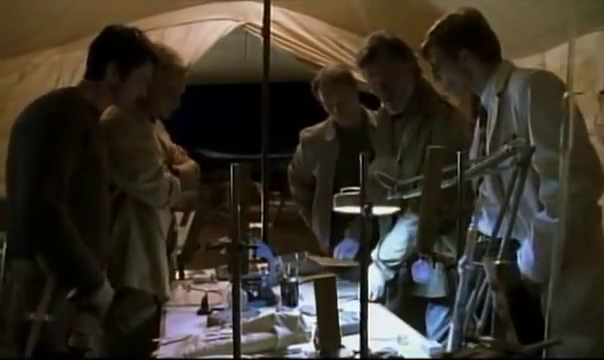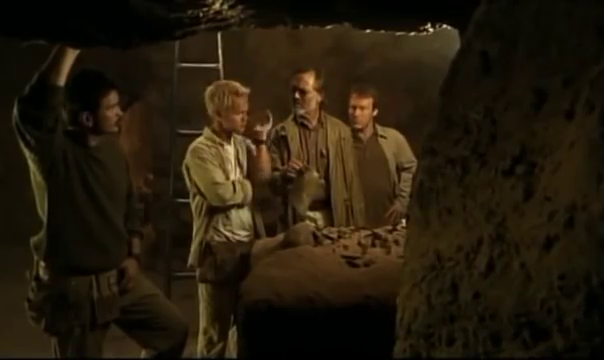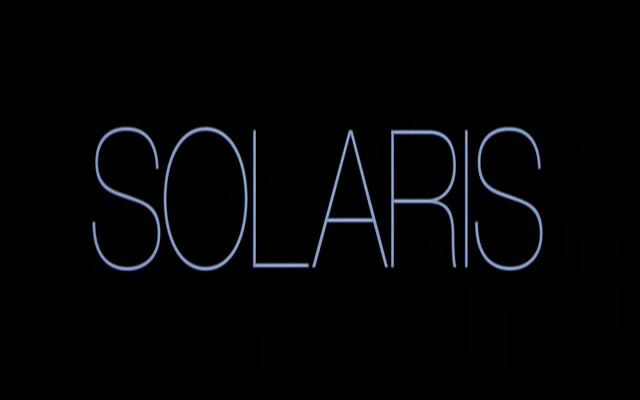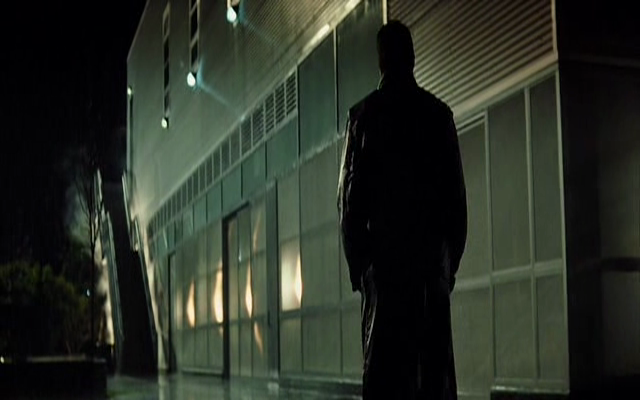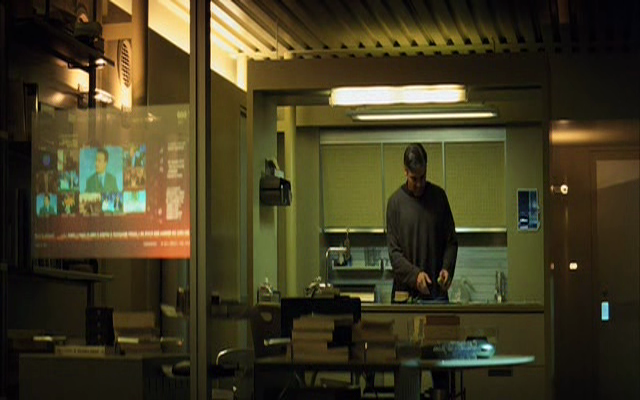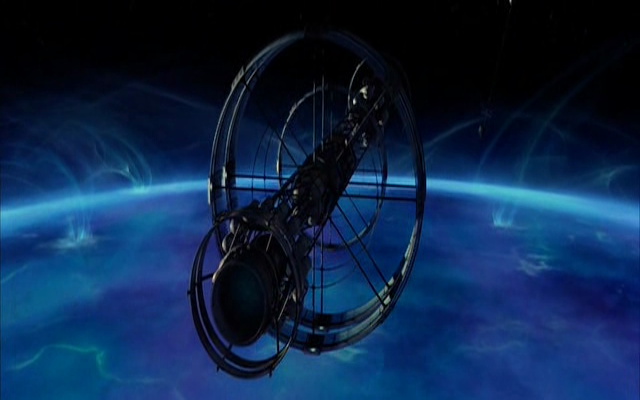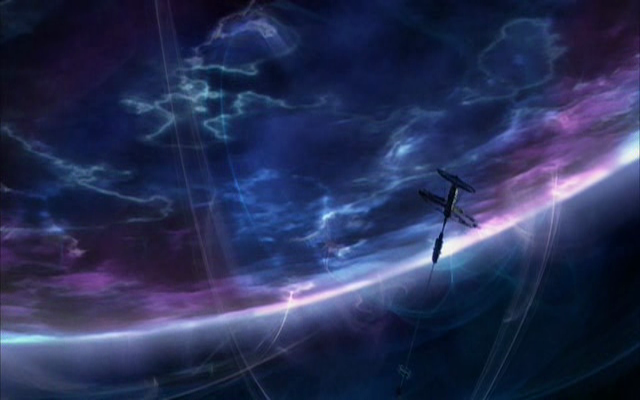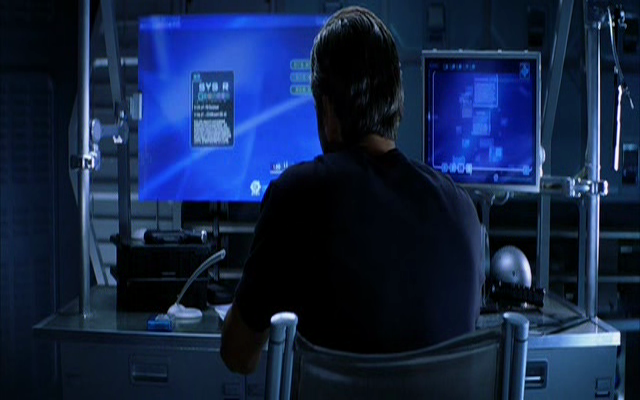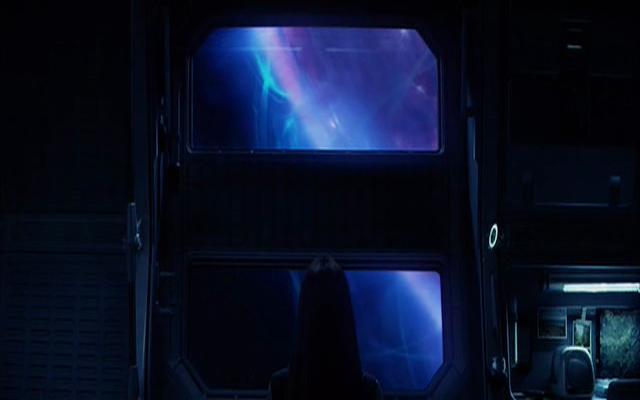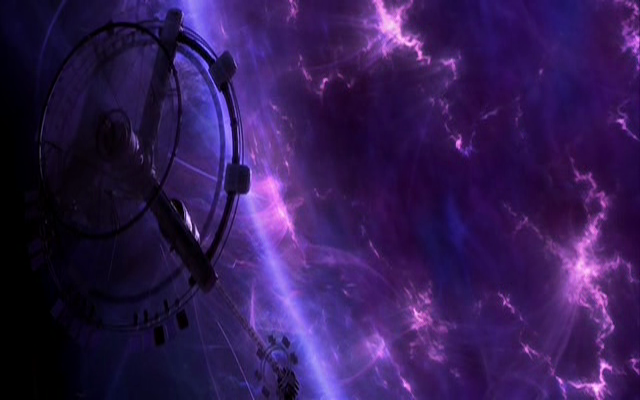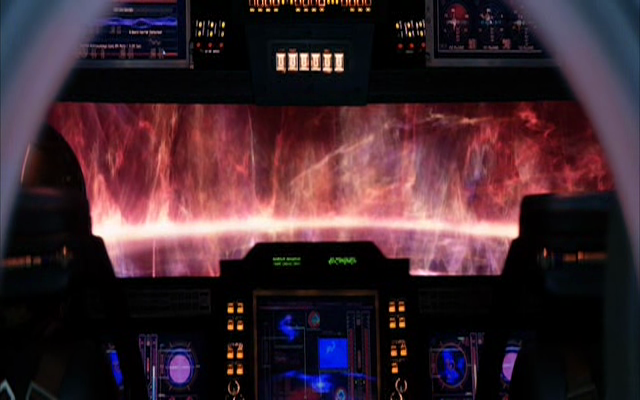-
#534 – Men in Black II (2002)
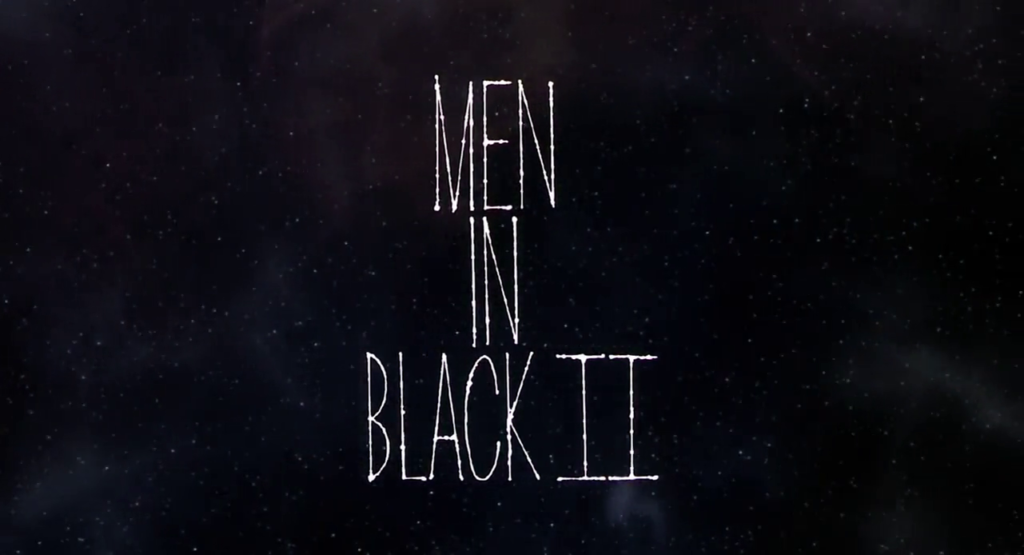
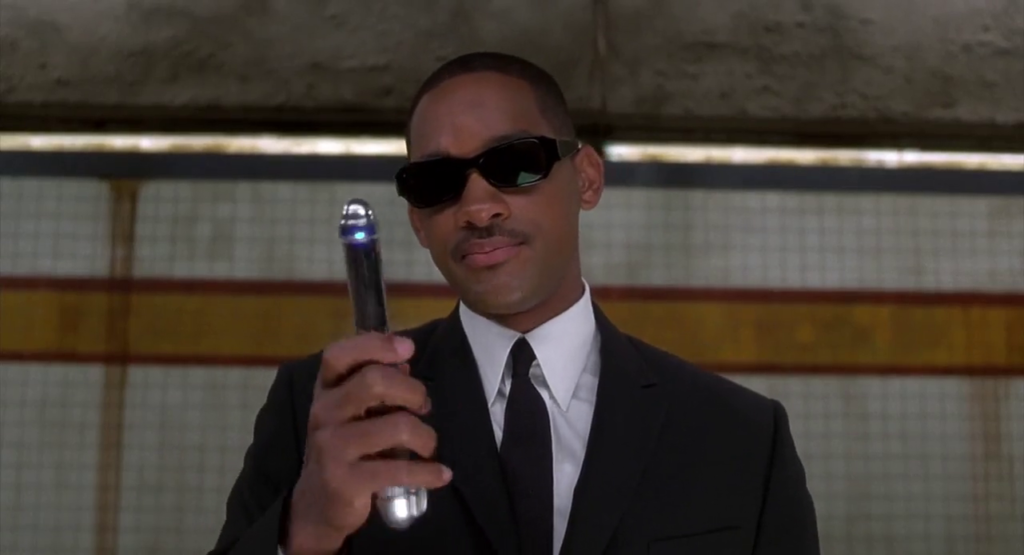
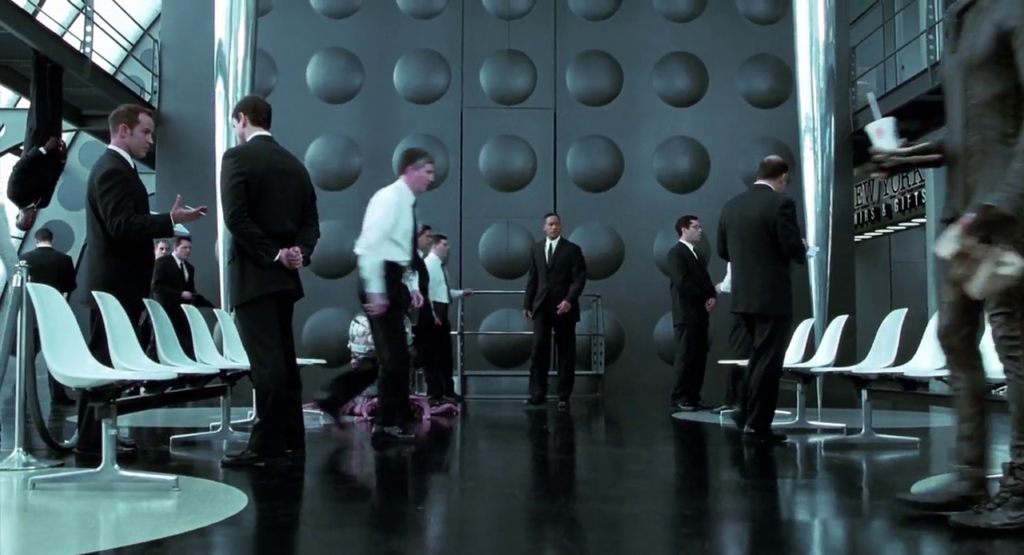
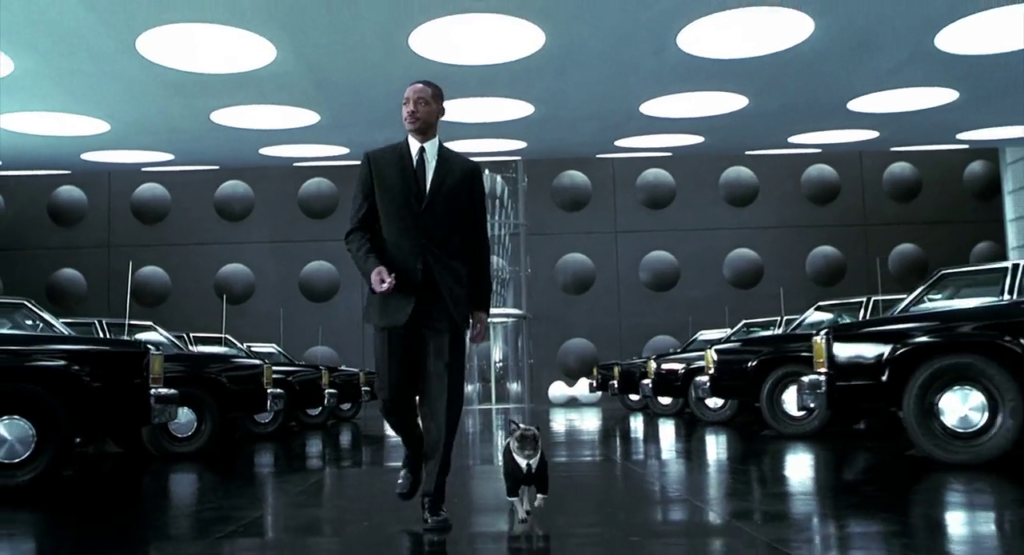
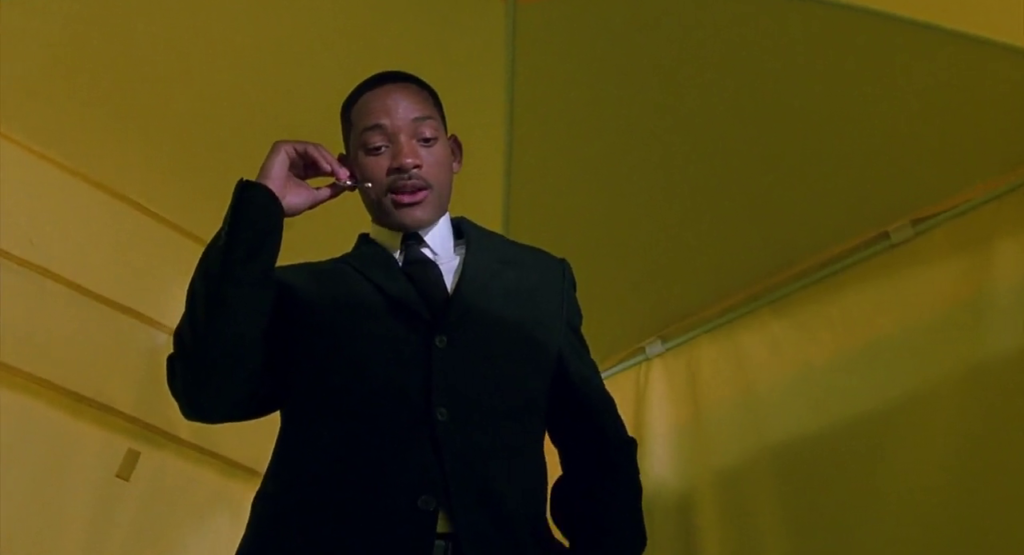
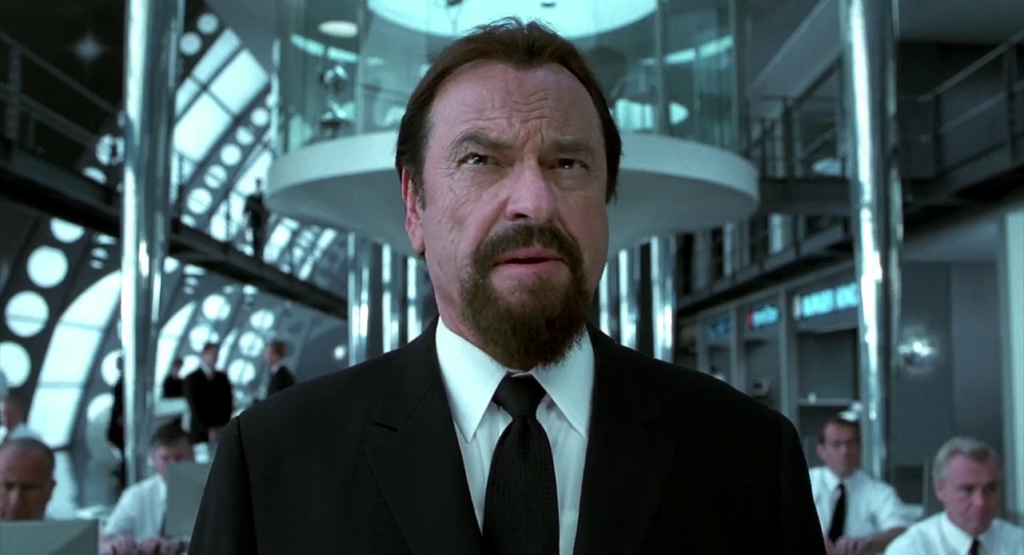
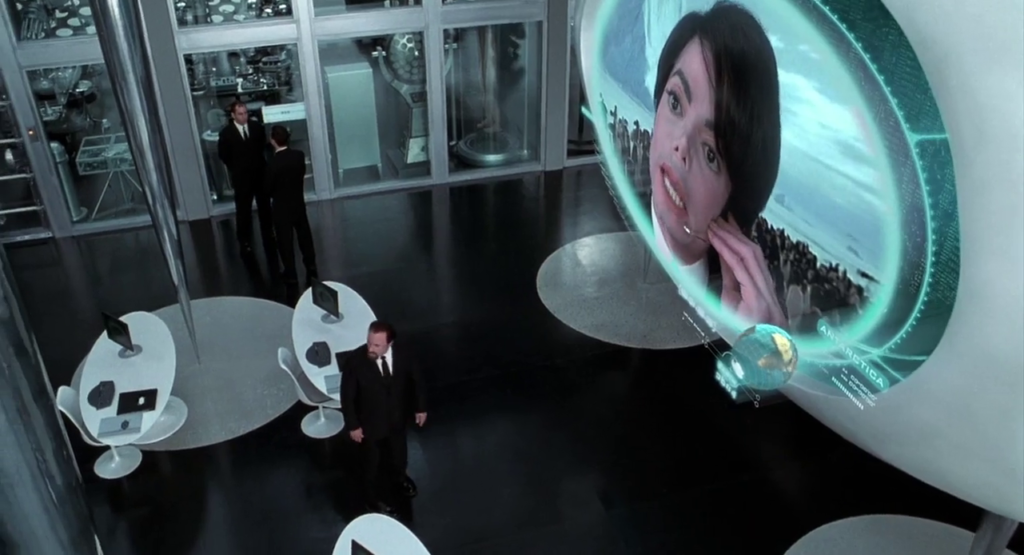
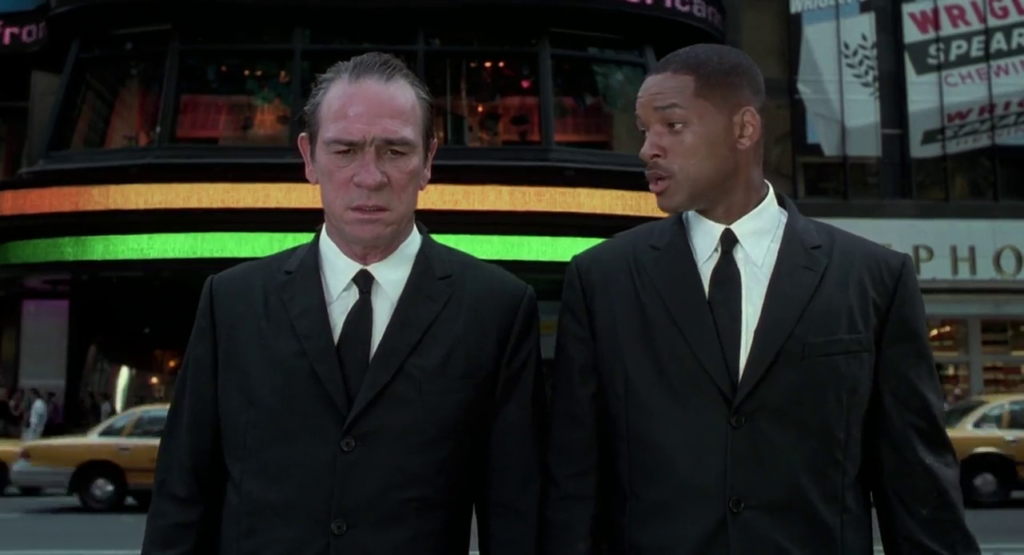
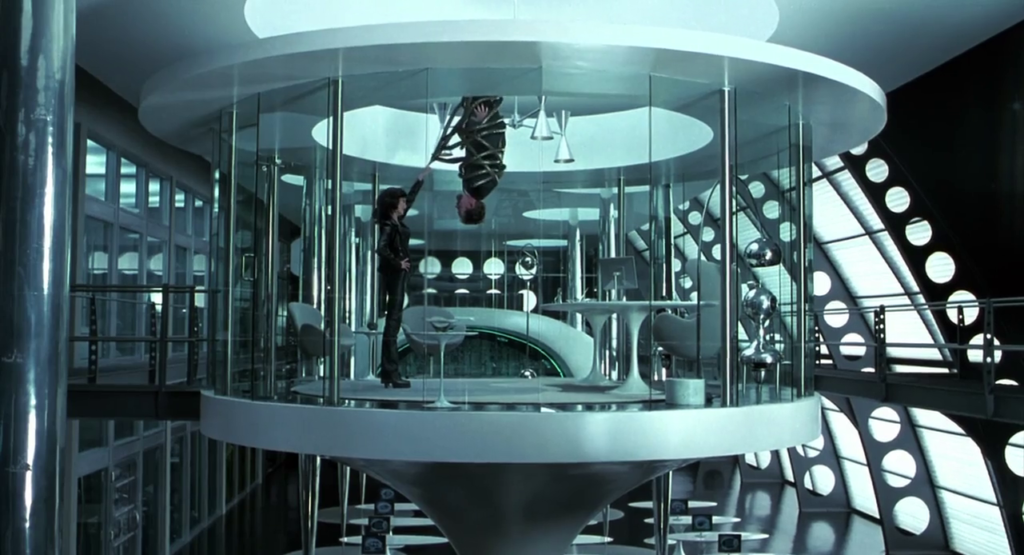
Men in Black II (2002)
Film review #534
Director: Barry Sonnenfeld
SYNOPSIS: Agent J is having trouble keeping an agency partner, as he feels like none of them are cut out for the job. When Serleena, an evil alien, comes to Earth looking for an artefact of immense power called the Light of Zartha, she will stop at nothing to acquire it. Unfortunately, the only person who knows where the light is hidden is Agent K, whose memories Agent J wiped five years ago when he neuralised him. Agent J goes to retrieve Agent K, somehow restore his memories, and hopefully save the world from an alien threat once again…
THOUGHTS/ANALYSIS: Men in Black II is a 2002 sci-fi film and the sequel to the 1997 film Men in Black. The film starts of with Agent J, who five years on from the events of the first film, has gone from a rookie to one of the top agents in the agency. He chases down Jeff, a monster worm who travels through the New York subway. J’s new partner T, seems to be not up to the job, and so J neuralises him and wipes his memory to lead a normal life. Agency leader Z laments J’s constant neuralising of his partners, including L, who became an agent at the end of the first film. Meanwhile, an alien named Serleena lands on Earth looking for the “Light of Zartha,” an energy source of immense power that was supposedly taken off Earth years ago, and she has been destroying planets across the universe looking for it. The only person that knows where it is is Agent K, who was neuralised himself, and so agent J must retrieve him and recover his memories before Serleena destroys everything.
The film’s structure and plot is very similar to the first time…a bit too similar. The film basically just role reverses the two main characters from the first film; with Agent J now being the veteran agent, and now Agent K without his memories is technically the rookie. You can see how this might be an interesting way to mix things up for the sequel and have the characters take on new roles, but it really is just a straight swap between them. Also, Will Smith doesn’t really work as the “straight” guy. Another problem with this is that when Agent K does get his memory back, the roles reverse again, and Agent J suddenly becomes the wisecracking rookie again, undoing all of his character development. This feels very much like a backwards step, although in some senses it is for the best, as the two can get into the roles that work properly for them. Going through all the trouble of getting K’s memories just to have them revert to the status quo is a pretty weak payoff though. The second element of the story concerning the “Light of Zartha” is again just a retread of the first film, in that the agents must find a small artifact that is actually a massive power source. There’s really nothing new that the film offers here.
Will Smith and Tommy Lee Jones are still appealing and entertaining in their roles, and still have great chemistry. The whole role reversal element doesn’t really do anything for their characters though. Frank the Pug takes the role of “rookie” before K returns, but it just doesn’t have the same dynamic, and relies very much on the repeated joke of Frank being a dog and that’s it. The supporting cast of Z and the worms make a return and are fine in their roles, and there’s a strange cameo by Michael Jackson who wants to be “Agent M,” which I’m not really sure what to think of. A lot of the pop culture gags, such as this and Frank’s barking to “Who Let the Dogs Out” definitely ages the film more than anything else. Serleena as a villain is quite boring and underwhelming, both from being very similar to the first film’s villain, and Lara Flynn Boyle’s dry and uninterested delivery just doesn’t work. Johnny Knoxville’s character, serving as Serleena’s henchman, is pretty underwhelming and annoying too: he also just…vanishes near the end of the film, making him seem extremely pointless. The tone of the film is a bit all over the place: the added pop-culture references, as mentioned, definitely age the film, and while some elements of the film feel a bit more geared towards younger audiences, there’s also a few darker elements that are definitely intended for older viewers, so it’s hard to pin down the overall feel of the film. The pop culture references were apparently added in by Barry Fanaro, who revised the first draft of the script, and this is something the original writer, Robert Gordon, avoided doing, which I think he was right about. Fanro did apparently reintroduce Agent K earlier in the film with his revisions, so that’s definitely a plus for him. The director, Barry Sonnenfeld, also took issue with the love story element between Agent J and Laura, because Will Smith doesn’t work as the serious guy (at that time anyway). This very much seems like a film in which no real vision got it’s way, and the conflicts at all these levels compromises in a very safe repeat of the first film.
Overall, Men in Black II definitely has some entertaining elements, and is held together by the main cast and their chemistry. A confusing mix of tone and visions from multiple people involved really hamper the film’s ability to drive the franchise forward, and supported by a weak cast of minor characters and cheap gags, you’ll be left feeling that you haven’t gained anything from watching this film. It’s perhaps worth a watch once, but the first film does everything better.
There’s perhaps one thing about the sequel (controversially) that I will say surpasses the first film though: I prefer the theme “Nod ya Head” to the “Men in Black” song from the first one. I’m sure that will make me some enemies.
-
#510 – Trancers 6 (2002)
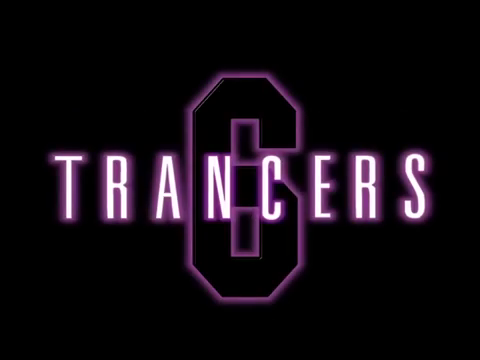
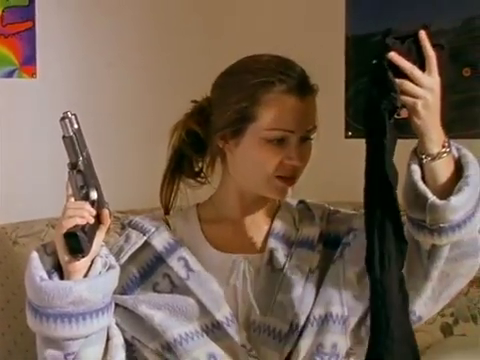
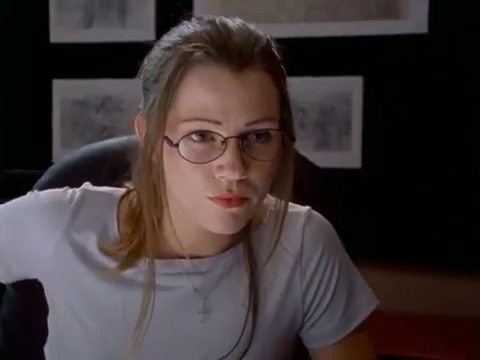
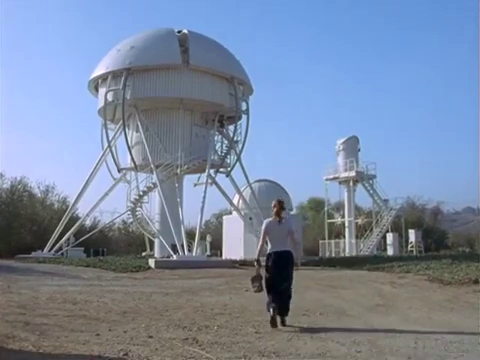
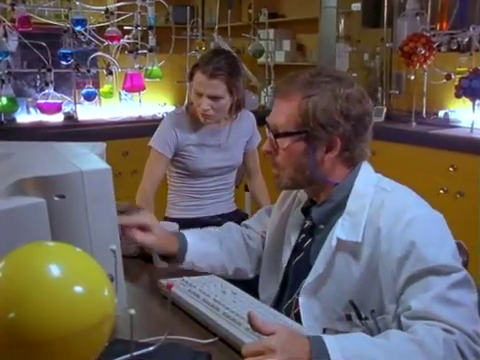
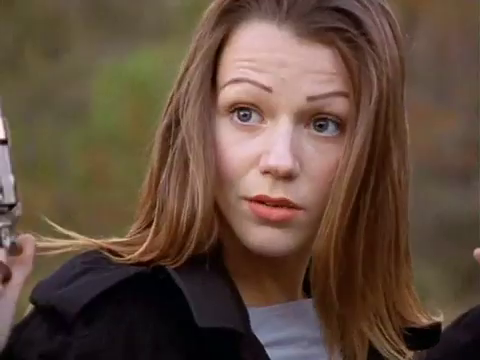
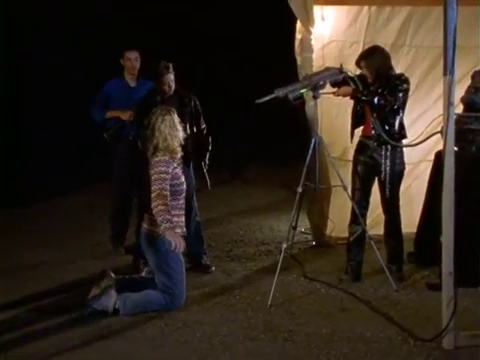
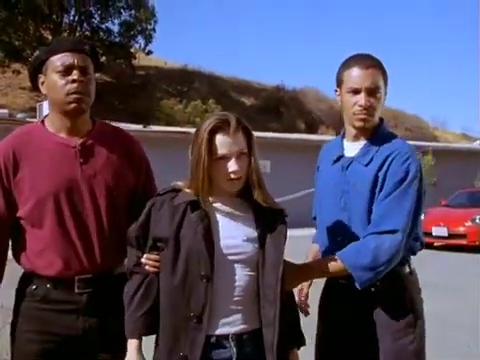
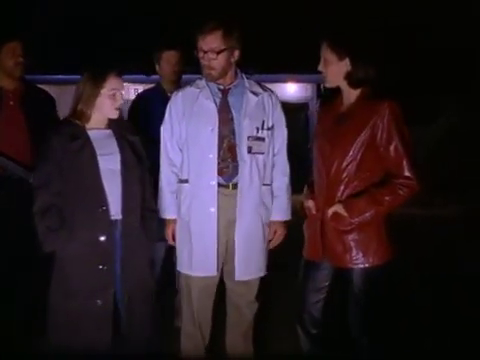
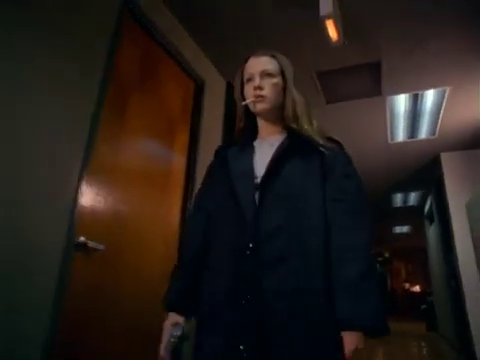
Trancers 6 (2002)
Film review #509
Director: Jay Woefel
SYNOPSIS: Trancer hunter Jack Deth is once again sent “down the line” back in time to hunt down a new Trancer threat. He ends up in the body of his daughter, whose lifestyle certainly doesn’t fit with his own. In this new body and life, Deth must hunt down the Trancer threat and put a stop to it before his daughter is killed and he is wiped from existence.
THOUGHTS/ANALYSIS: Trancers 6 is a 2002 sci-fi film and the sixth film in the Trancers film series. In a return to the original premise of the films, Trancer hunter Jack Deth is sent back in time to inhabit the body of his daughter in the 21st century, to find and counter a new Trancer threat before they can kill his daughter and erase his existence. After the weird fantasy adventure of Trancers 4 and 5, this one returns to a more simple sci-fi action film. The absence of Tim Thomerson as Jack Deth in this film removes the only redeeming aspect of this film franchise: his caricature of cheesy action heroes was so ridiculous that it would be entertaining. His appearances in this film are limited to archive footage from previous films, and a stunt double playing his barely visible body strapped to a table in the future. Instead, we get Jack inhabiting his daughter Joanne…who is also his great-great grandmother, managing to create some sort of paradox or another, but this is glossed over, as the film doesn’t really focus on details in general: it’s straightforward, to the point, but that lack of detail really slows the film down after the first act, where it becomes apparent the film has very little substance. The film manages to feel both like a low-budget film from both the 80′s and the early 2000′s at the same time, which I suppose makes sense, but being released eighteen years after the first film, there’s very little progress to show in terms of story, production, lore, or design.
Joanne (Jo) is basically everything Jack Deth isn’t: a tee-total, vegan, meek nerd with a dull career. The majority of the humour in this film basically derives from Jack Deth being his foul-mouthed, smoking, misogynistic self, retorting everything that is said to him with a cheesy or inappropriate one-liner. The film is very much a one-trick pony in this regard, but honestly, it retains it’s entertainment value throughout the film, and it is genuinely funny in parts by virtue of how purely cheesy it is. This has always been the Trancers films best aspect, and it is good to see that even without Thomserson, they are still able to pull it off. Zette Sullivan as Jo Deth manages to pull off Jack’s style of speech and deliveries pretty well, and you can really believe that Jack is inhabiting her body. The line delivery is a bit flat sometimes, but there’s definitely worse things about the film. The rest of the cast; from the supporting characters to the villains, really do not leave an impression. The new Trancer threat isn’t really explained after Jack supposedly wiped them all out in the previous films: apparently it has something to do with meteors and radiation or something, but as mentioned, the intricacies of the plot aren’t really the focus of the film.
Being a production by Full Moon Entertainment, you should expect a low-budget production, but this is bad even by their standards. The sets are limited to empty building, corridors, and some rural outdoors scene in the middle of nowhere. The special effects are really bad, but thankfully only used once when a guy is thrown out of a high-rise building, resulting in a hilariously bad effect. The gore and other effects are pretty standard, and are nothing too noteworthy; a lot of the production is very much what you would expect from these films, but there’s also a distinct lack of trying to do anything unique, and an added amateur-ness in the camera work, acting and locations. Trancers 6 is a bad film, there’s no escaping it: it is dull, poorly produced, and very threadbare on plot that it feels somewhat pointless. Despite all of that though, it still manages to recapture the absurd, over-the-top character of Jack Deth even without Thomserson’s portrayal, and the twist of putting him into a young woman’s body is just different enough to provide new entertainment value in the whole set-up. The film definitely relies on this sole gag to carry the whole film, but if you’ve made it through the previous Trancers films and got some laughs and entertainment from them, you can probably get a little more out of this last one.
-
#472 – Ancient Relic (2002)
Ancient Relic (2002)
Film review #472
Director: Sebastian Niemann
SYNOPSIS: At an archaeological dig site in Israel, archaeology student Steffan Vogt stumbles upon an unbelievable discovery: a 2000 year old skeleton that has a metal implant, and the instruction manual for a video camera that has not been commercially released yet. Alongside it, a note detailing the existence of a video recording made of Jesus Christ when he was crucified. While most of the crew believe it to be some form of hoax, Steffan believes that the only possible explanation is a time traveller that went back into the past to film the momentous occasion. When a secret order starts to take control of the dig and silence anyone that knows about this discovery, Steffan teams up with Sharon and Joshua, who were also at the dig site, to uncover the truth about what is happening, before they too are silenced…
THOUGHTS/ANALYSIS: Ancient Relic (Also known as The Hunt for the Hidden Relic, or The Jesus Video) is a German 2002 TV movie based on the novel by Andreas Eschbach. The opening of the film shows an archaeological dig site in Israel, where one of the students at the site, Sebastian Vogt, accidentally stumbles upon a burial site that’s full of mystery: a 200-year old skeleton that has signs of being form the present, such as a metal splint on his legbone, and the instruction manual for a video camera. Most of the archaeologists believe it is some form of hoax, but Steffan believes that the only possible explanation is that it is the work of some time traveller. A handwritten note accompanying the skeleton suggests that they actually videotaped the crucifixion of Jesus, which would be irrefutable proof of his existence. When Steffan tries to investigate further, he is shut out by a mysterious group who arrive and take control of the discovery. Steffan tries to sneak in and get more information, but starts to be hunted by this group as apparently he now knows too much. Steffan goes to fellow archaeologists Sharon and her fiancée Joshua, and the three attempt to unravel the mystery and find the video camera before they are killed. The plot is pretty typical conspiracy, ancient order, religious stuff; with secret groups trying to get a hold of the supposed video recording of Jesus as it would apparently be a weapon of such power, that if it disproved the existence of Jesus, western civilisation would simply collapse. I think that’s a bit of an overstatement, as I’m sure people that didn’t want to believe evidence that doesn’t fit their worldview can just call it a hoax and move on. Most of the elements of the story are left pretty vague, including these ancient orders and what they actually do. It’s probably something that’s more fleshed out in the book, but instead this film just opts for constant chase scenes and stalking that never really goes anywhere, and never arrives at the interesting bits, such as actually seeing the content of this recording, which is saved until the very end, and reveals a “surprise” twist that is entirely predictable, and just leaves open more questions that it answers.
The characters are all pretty uninteresting. Steffan just a young, well-built lead that can do all the action sequences and take a lot of cuts and bruises. His opening trait that he is an atheist doesn’t really play much of a part in the story, although obviously as the whole “Jesus video” thing starts emerging, he starts to question his atheism in a very predictable fashion. The love triangle between Sharon (the only female character), her fiancée Joshua, and Steffan is entirely without note, and again very predictable. The villains are basically henchmen of this secret organisation, and are never given any character development, or motivation, because we never get a clear sense about the purpose of this organisation.
As mentioned, we don’t see the contents of the video recording until the very end, and as a pay-off it doesn’t really deliver something satisfying that required nearly three hours of build up. The aspect of time travel is barely explored, and only explained through exposition and recordings that have no direct effect on what’s happening on-screen. The whole idea of a camcorder recording Jesus also seems a bit unbelievable, particularly it’s being able to work two thousand years later. The most notable aspect of the production is the English dubbing, given that this was originally a German production: The dubbing is terrible, and none of the voices have any real emotion or direction, which is constantly distracting from any drama on screen. Overall, Ancient Relic has an interesting story and fits into that genre that the Da Vinci Code really popularised. It is however, not a great example of the genre: the organisations and conspiracies are intangible and don’t really connect to anything specific, the mystery is very generic, and the pay-off isn’t worth it. I’m sure the novel is a lot more interesting than this poor adaptation, and I would suggest checking it out if you like these sorts of stories, because this film adaptation won’t satisfy.
-
#19 – Solaris (2002)
Solaris (2002)
Film review #19
Director: Steven Soderbergh
A psychological sci-fi movie delving into the human mind…
Chris Kelvin is a psychologist on Earth in an unspecified time in the future. One day he receives a visit from emissaries from the DBA, who give him a message from an old friend, Dr Gibarian, who wants him to come aboard the space station orbiting the planet Solaris to help them with the strange phenomena that is happening there, which is making the team not want to leave. The security team that went there did not report back, and Chris is to be sent as a last resort to rescue the team.
When Chris arrives at the station, he finds Gibarian has committed suicide, and most of the team have disappeared. The only surviving members are Snow, and Dr. Gordon. The survivors are reluctant to explain what is going on, and Snow suggests to “sleep with the door locked”. While sleeping, Chris dreams about his deceased wife Rheya, and how they met. When he wakes up, he finds her there: Seemingly real. He is reluctant to accept this, and tricks her into an escape pod and jettisons it into the planet.
When Chris falls asleep again, Rheya reappears, and this time Chris is more convinced and lets her stay. This creates a tension between him and Dr. Gordon, who believes these creations to be a threat to the human race, and why she does not want to return to Earth with one of them on board. Eventually, after learning of what Chris did to her the first time she appeared, she commits suicide. This is partly because she is made from Chris’s memories, and he remembers her as she was when he found her dead by killing herself. However, she begins to regenerate and heal herself. She has no more reason to live, and wants Dr. Gordon to kill her using a special device. Chris won’t allow it, but when he falls asleep, she goes the doctor and is destroyed.
After this, Chris and Dr. Gordon find the body of Snow, and they realise the one they have been talking to is an imposter, who killed the original Snow in self-defence when he first appeared. The use of the special device Gordon used to kill Rheya is causing the station to collapse into the planet, and the fake Snow they escape. On the way to the escape pod, Chris makes a decision to stay onboard, deciding he would rather stay with the memories of his wife. The film ends ambiguously, with the two reunited in a place where “Nothing that happened matters anymore”…
Solaris is an adaption of a Polish novel by Stanisław Lem, which was previously made into a film in 1972, to much critical acclaim. This adaption takes a different approach to the story, focusing more on the human interactions, rather than the original concept of the inadequacy of trying to communicate with an alien species. Because of this, the science-fiction aspects are very much toned down in favour of giving the movie a more “Hollywood-esque” appeal. Having an established actor such as George Clooney heading the cast is something one does not see in science-fiction films very often.
The film has a hint of 2001: A space Odyssey in its plot and set design. There is some ambiguity with regards to the reality of certain sequences, with dreams and flashbacks being neatly interwoven throughout the film (Which I have see before in films such as Brazil, Eight and a Half, and Nineteen-Eighty-Four). It is a very easygoing and light film: There are no intense action sequences or the like, but a bit of thinking and deduction are required on part of the viewer in order to work out everything that happens in the film.
The film is considered a decent one, even though it lost money at the box office (About ten million dollars approximately). It has appeared on lists of best remakes, and was generally well received. One person that did not approve of the film was the author of the original novel, who stated:
As Solaris‘ author I shall allow myself to repeat that I only wanted to create a vision of a human encounter with something that certainly exists, in a mighty manner perhaps, but cannot be reduced to human concepts, ideas or images. This is why the book was entitled Solaris and not Love in Outer Space.
The sacrifice of the scientific and philosophical elements of the original novel were perhaps necessary to getting the movie produced, and getting an “A-list” actor such as Clooney on board. While some of those elements still remain, it has been heavily diluted, and focus shifted onto a much more human-centric plot, which one reviewer described as giving the audience something science-fiction films don’t normally give: Emotion. So in conclusion, Solaris makes an attempt to create an emotional science-fiction and many believe it generally succeeds, though perhaps at the cost of being defined as science-fiction? That is up for debate…
